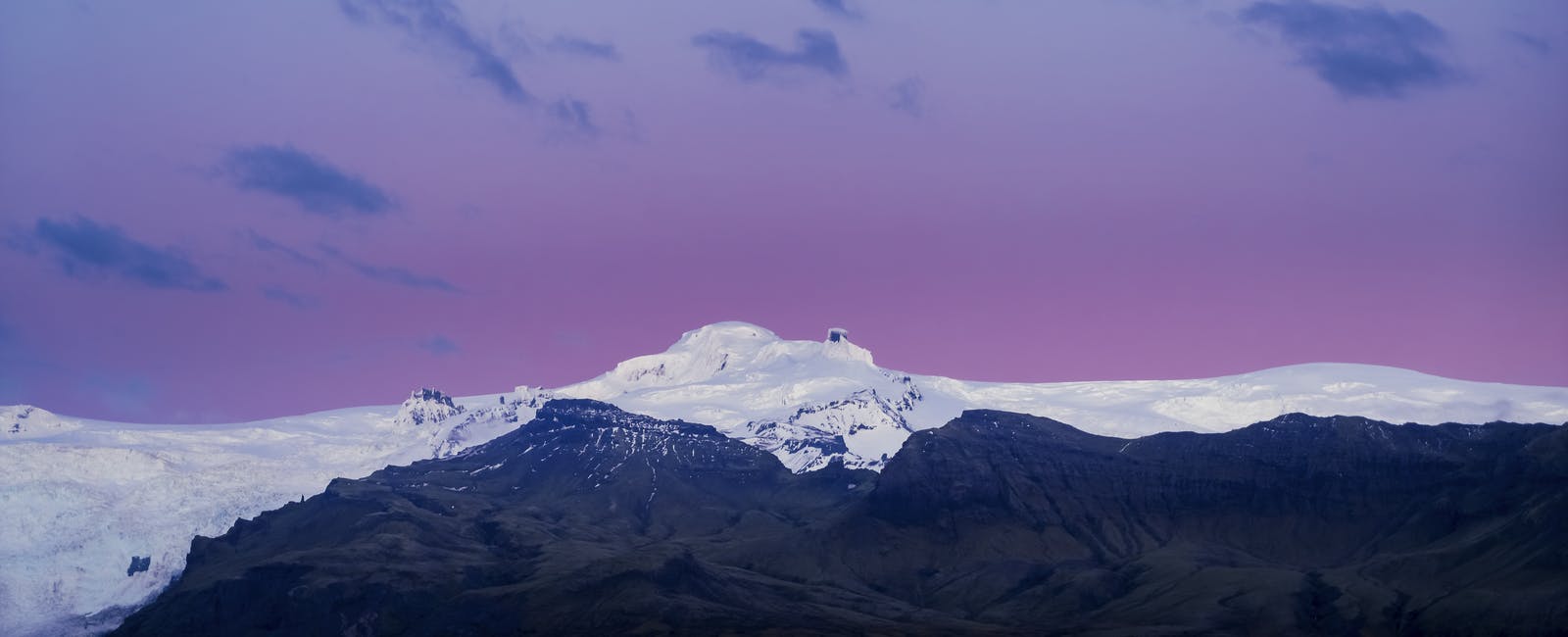
Guide to Öræfajökull Glacier
Öræfajökull is covered by the Öræfajökull ice cap, which is the largest active volcano in Iceland. The ice cap covers an area of approximately 600 square kilometres. It features several outlet glaciers, including the largest one called Svínafellsjökull. Öræfajökull is located at the southern tip of the mighty Vatnajökull Glacier and is close to the Ring Road between the towns of Vík and Höfn.
What Type of Volcano is Öræfajökull?
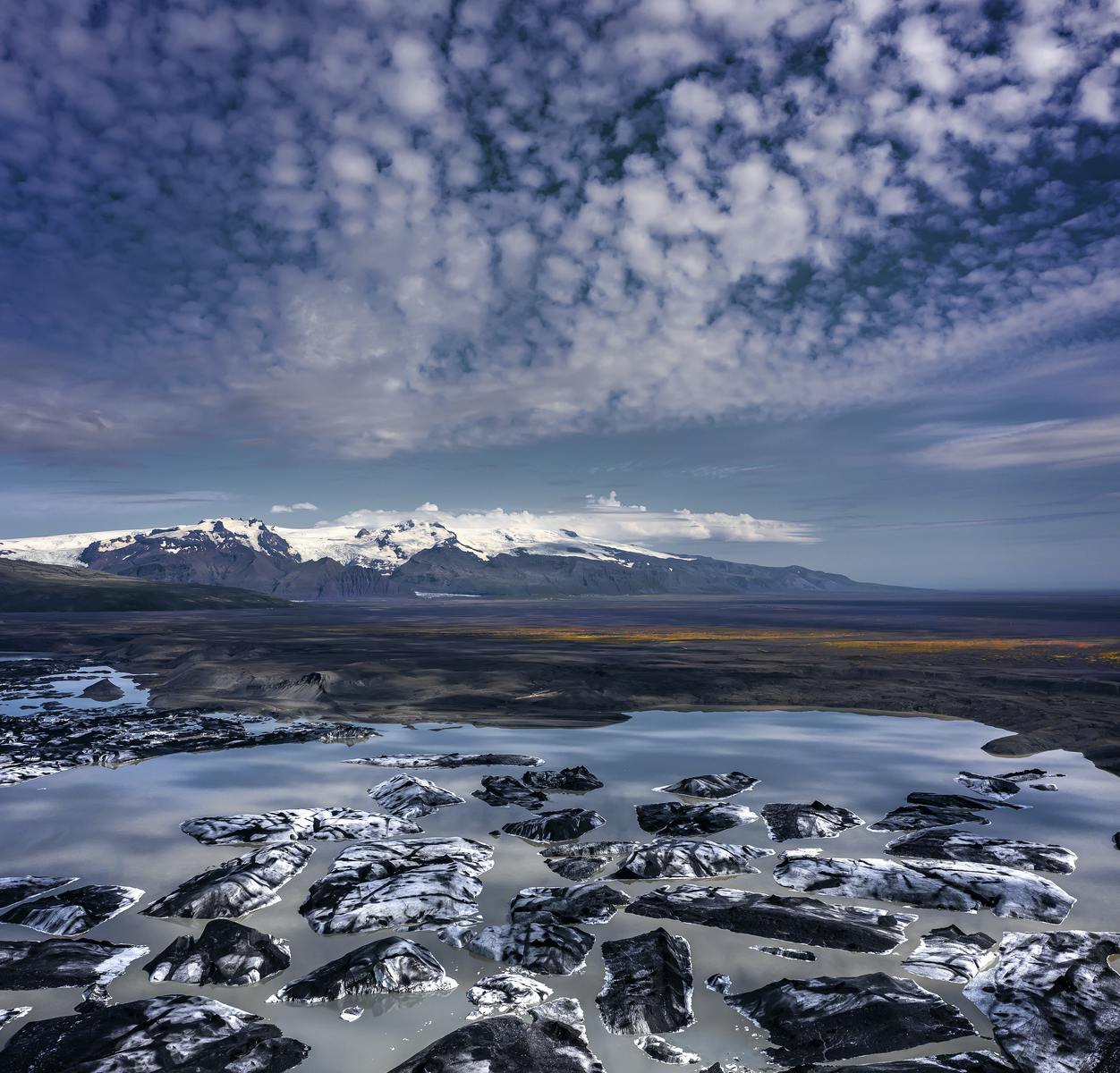
Öræfajökull is a stratovolcano and glacier located in the southeastern part of Iceland. It is one of the country's most iconic and tallest peaks, reaching a staggering elevation of 2,110 metres at its highest point.
Where is Öræfajökull Located?
Öræfajökull is approximately 340 kilometres away from Reykjavík and takes about 4.5 to 5 hours to drive from the capital city, depending on weather and road conditions. The most common route involves taking Route 1 east from Reykjavík and continuing along the southern coast until reaching the Öræfi region, where Öræfajökull is located.
Attractions near Öræfajökull
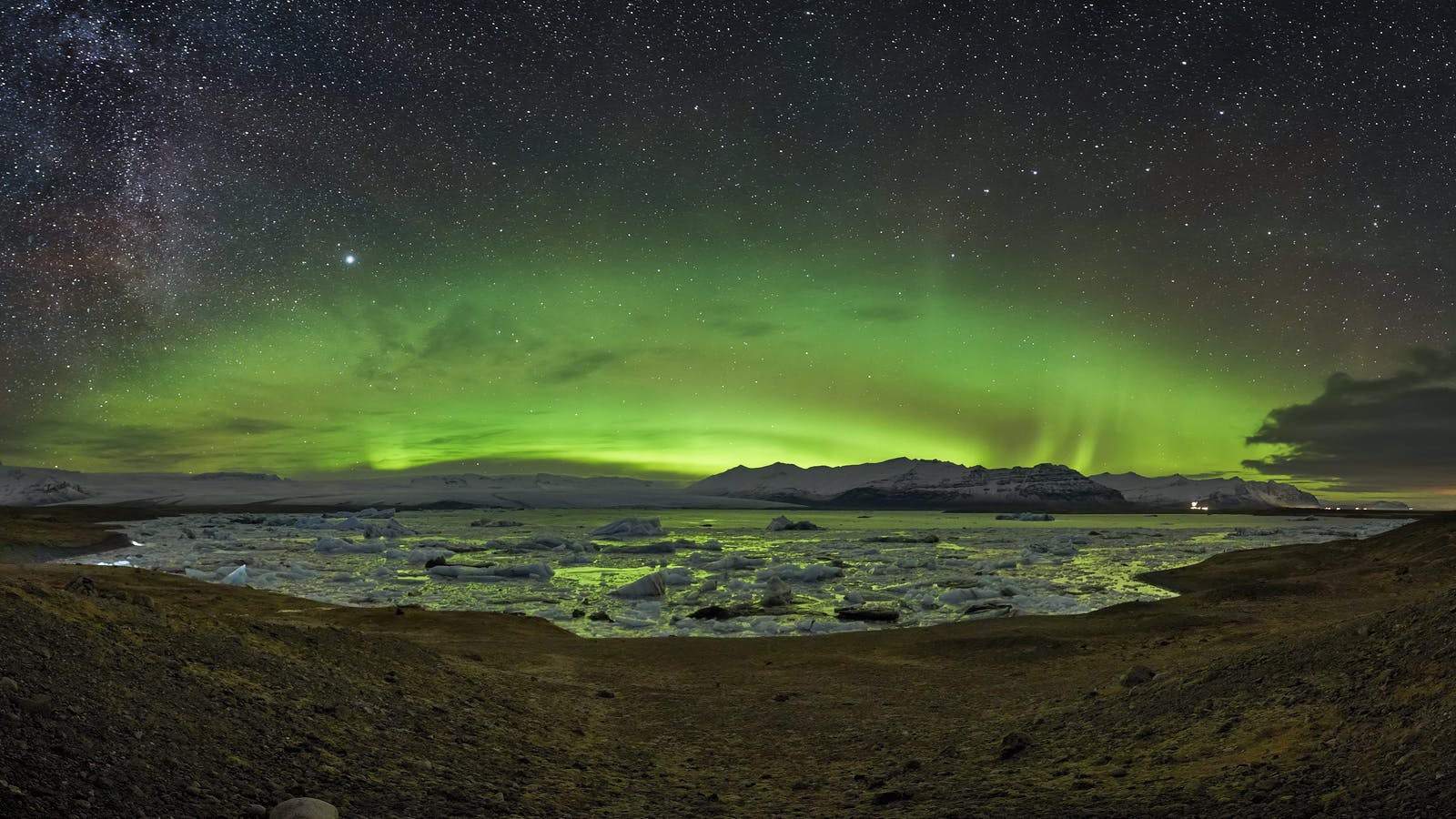
The surrounding area boasts a plethora of attractions that are worth exploring. Here are some top attractions near Öræfajökull:
- Jökulsárlón Glacier Lagoon: A glacial lagoon filled with floating icebergs; boat tours are available for a closer look at the ice formations
- Skaftafell National Park: A hiker's paradise with trails leading to waterfalls, glaciers, and panoramic viewpoints
- Vatnajökull Glacier: The largest glacier in Iceland and Europe; ice caving tours and glacier hiking is available
- Fjaðrárgljúfur Canyon: A deep and winding canyon carved by the Fjaðrá river
- Eldhraun Lava Field: A vast expanse of moss-covered lava rocks resulting from the Laki eruption in the 18th century
See more about glaciers in Iceland here.
When has Öræfajökull Erupted Throughout History?
Öræfajökull has had two significant eruptions since Iceland's settlement, in 1362 and 1727. The 1362 eruption was catastrophic and one of Iceland's most significant volcanic events. This was an explosive Plinian eruption with heavy tephra fall and hazardous meltwater floods, rushing down the mountain slopes, carrying large ice blocks and rocks.
It resulted in devastating consequences for settlements close to the volcano. It caused significant loss of life and destruction, making the area largely uninhabited. No official numbers are available on the loss of life following the eruption. Meanwhile, the 1728 eruption was less destructive, though floods caused three deaths when the meltwater swept a family farm away.
Can you Hike on Öræfajökull?
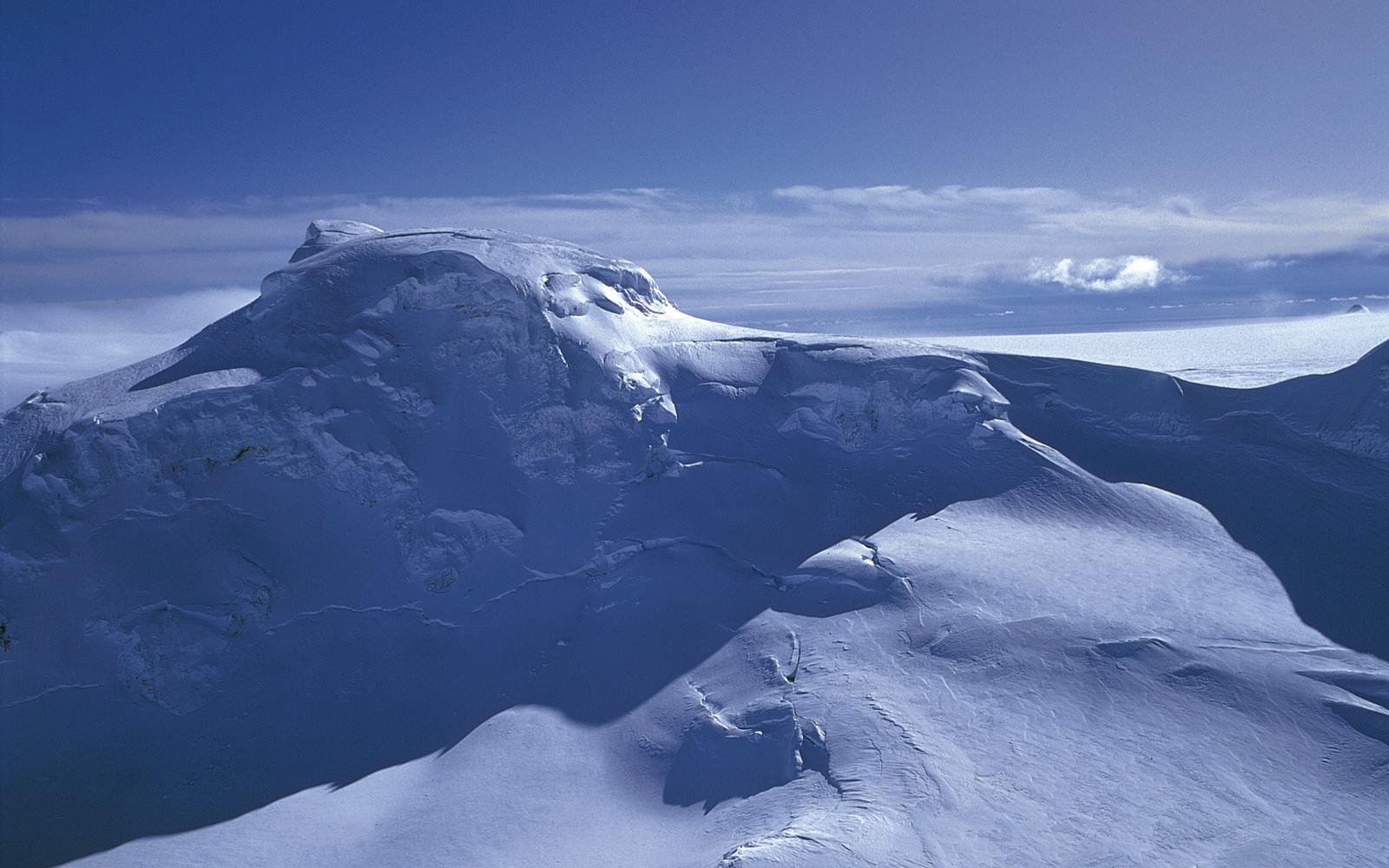
Öræfajökull and its surroundings offer opportunities for hiking and exploration. Still, you should not attempt to ascend to the summit unless you are an experienced mountaineer accompanied by a professional guide. The region's dramatic landscapes, including glaciers, mountains, and volcanic features, make it an appealing destination for outdoor enthusiasts. But hiking to the top is not for beginners.
Can I Learn About Volcanoes in Reykjavík?
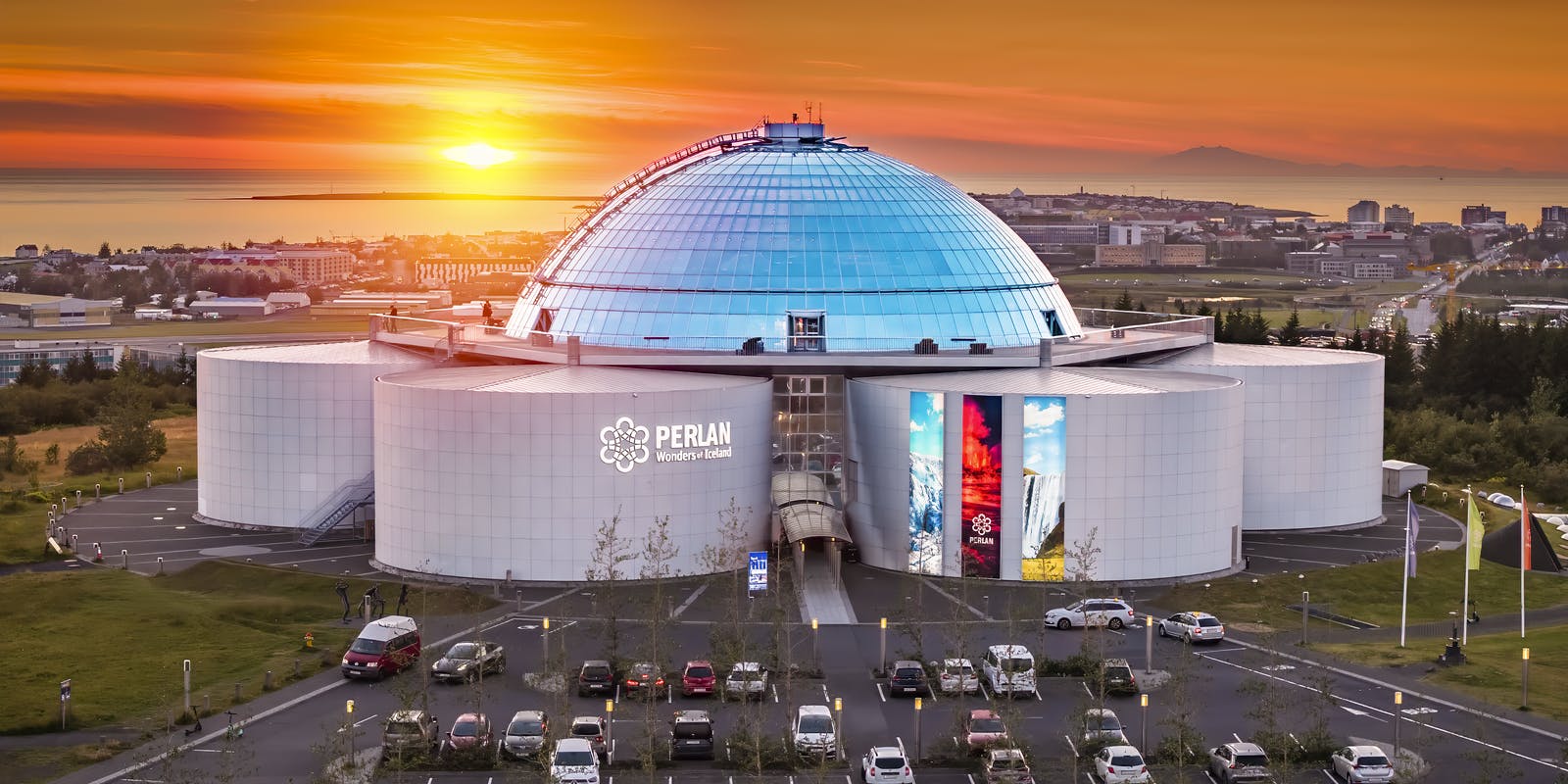
Perlan's Forces of Nature exhibition allows guests to marvel at the power of volcanoes, earthquakes, and geothermal energy that powers the island. Guests will learn that volcanoes form when heat and pressure build beneath the earth's surface. The earth's weak points tend to be along fault lines where tectonic plates converge or diverge, as in Iceland's case.
Perlan's exhibition shows that volcanic activity in Iceland is so diverse that researchers typically speak of "volcanic systems" rather than individual volcanoes. The island has 30 active volcanic systems, each with many types of volcanoes. This is an ideal museum to visit if you don't have the time to visit a volcano up close and personal.
FAQ
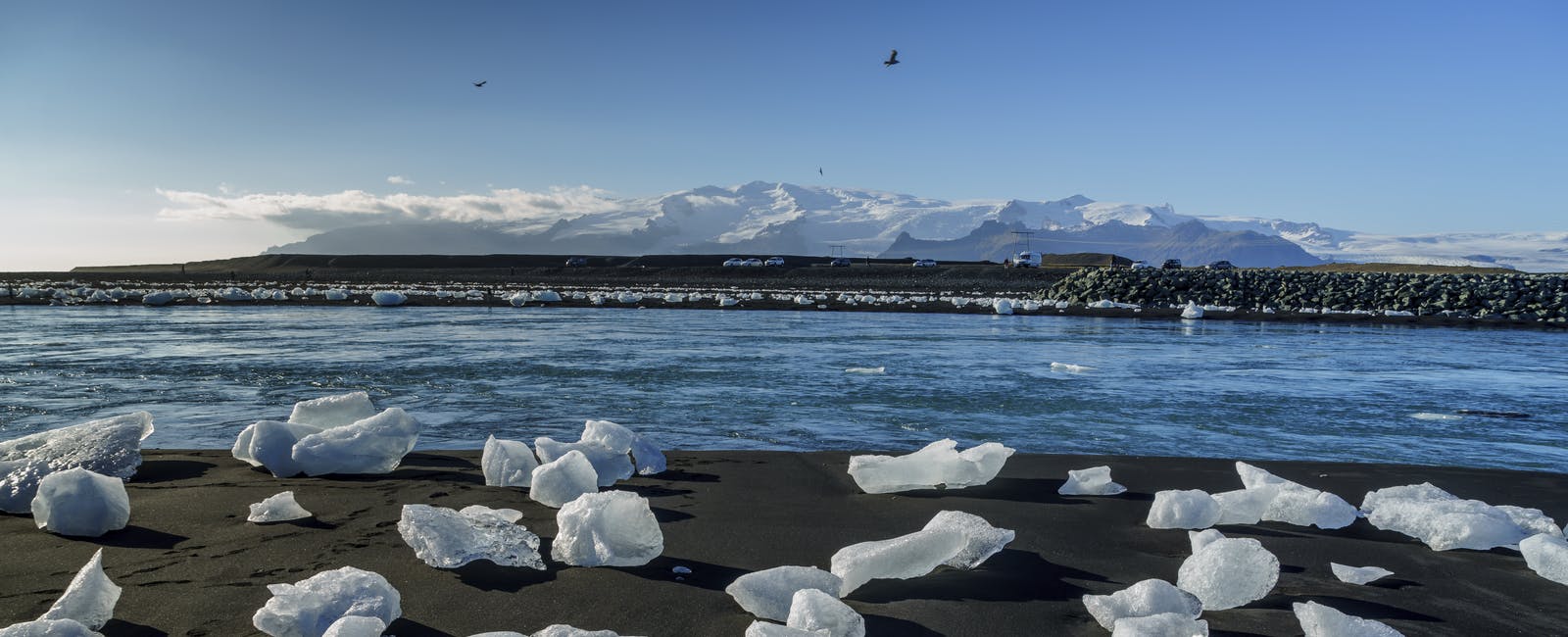
What does Öræfajökull mean in English?
Öræfajökull translates to "wasteland glacier" in English.
Is Öræfajökull active?
Öræfajökull is an active volcano, and there was increased earthquake activity in 2017-2018 in the form of small tremors. There are currently no indications of Öræfajökull wakening. Travellers should feel safe exploring the region.
Is it Safe to Visit Öræfajökull?
Öræfajökull has shown signs of life in recent years. In August 2017, increased seismic activity and ground uplift were detected, indicating potential volcanic activity. However, no significant eruption occurred, and the volcano eventually returned to a calm state.
Ongoing monitoring and research continue to assess the volcano's activity. Öræfajökull is safe for travellers to visit. Volcanoes are monitored closely in Iceland, and if Öræfajökull awakens, warnings and alerts will be put in place.







